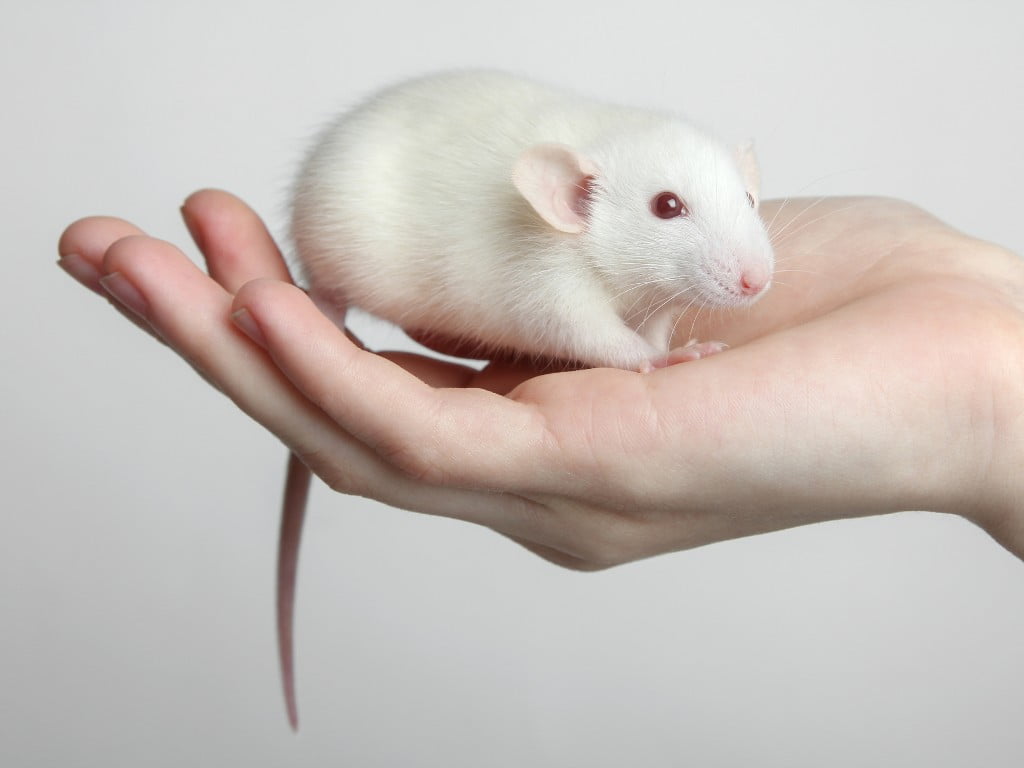Having a pet rat can be an incredibly rewarding experience, but just like any pet, they can run into health issues that require your immediate attention. One of the more common problems is lice. If you find yourself in this situation, don’t panic. Let’s walk through the steps to ensure your furry friend is healthy and happy again.
Eliminate the Lice
If you suspect your pet rat has lice, it’s crucial to seek medical attention from an exotic pet veterinarian immediately. Your vet can diagnose and treat your rat, possibly using medications like ivermectin or selamectin off-label (meaning these drugs are not specifically approved for this use but are commonly and legally used by vets).
Avoid buying over-the-counter lice treatments from drug stores or pet stores for your rat. Human lice treatments are much too strong for small pets and can be fatal to your rat. Pet store treatments can also be dangerous, causing seizures or simply being ineffective and a waste of money. It’s more important to eliminate the lice safely than to risk your pet’s health, so always consult your vet.
Deep Clean the Cage
Now that you’re treating the lice, it’s time to roll up your sleeves and give your rat’s living space a thorough cleaning. Think of it like spring cleaning but with a mission. You’ll need to remove everything from the cage and clean it with a pet-safe disinfectant. Don’t forget to wash any toys, bedding, and accessories. This deep clean helps eliminate any lice or eggs that might be lurking in the environment. It’s like hitting the reset button for your pet’s home.
Consider Species Needs
Every animal has unique needs, and rats are no different. When dealing with lice, it’s essential to consider these specific requirements. For instance, rats are social creatures that thrive on companionship. If you have more than one rat, they will likely need to be treated simultaneously, even if only one shows signs of lice. This approach helps prevent the lice from simply moving from one rat to another.
Distinguish Mites from Lice
It’s easy to confuse lice with mites, but knowing the difference can significantly impact how you handle the situation. Lice are insects, while mites are arachnids. Lice tend to stick to specific spots on your rat’s body, while mites can cause more generalised irritation. If you’re unsure which pest you’re dealing with, your vet can help diagnose the problem correctly. Getting this distinction right is crucial for effective treatment.
Protect Vulnerable Pets
If you have other pets, it’s important to protect them from lice as well. While rat lice generally don’t jump to other species, it’s better to be safe than sorry. Keep an eye on your other pets and ensure they’re not showing signs of lice. Additionally, maintaining good hygiene and regular check-ups can prevent the spread of pests. Your vigilance can make all the difference in keeping your household free from these unwelcome visitors.
Dealing with lice in your pet rat can be stressful, but by taking decisive steps, you can resolve the issue effectively. From eliminating the lice with proper treatment to deep cleaning the cage, considering species-specific needs, distinguishing between mites and lice, and protecting your other pets, each step plays a vital role. Remember, your pet rat relies on you for their well-being, and with a little effort, you can ensure they remain healthy and happy. It’s all part of the joy and responsibility of being a pet owner.














Comments are closed.